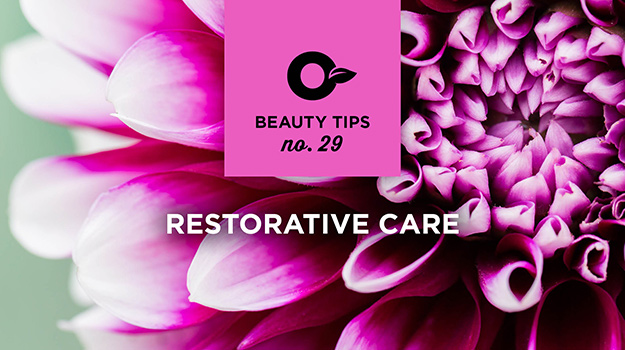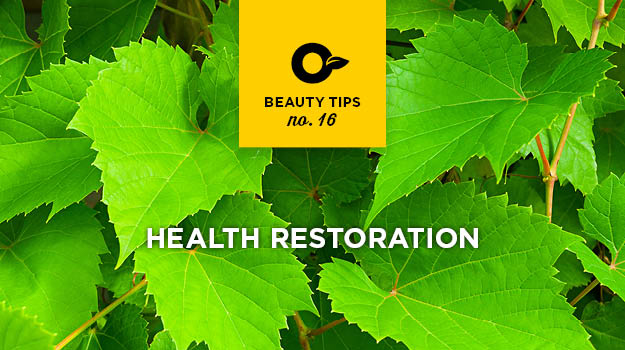
Aphids are sometimes known as plant lice, an apt moniker for the pests considering their habit of clustering en masse on the undersides of leaves. Aphids are attracted to tender, new growth in spring and tend to decrease in number when temperatures rise in summer.
The good news is that the destructive little bugs are rarely fatal to plants and they’re relatively easy to control.
Recognizing Aphids
The insect world boasts thousands of types of aphids in various sizes and colors, but tiny, green, pear-shaped aphids are familiar to most gardeners.
Aphids damage plants by sucking the sweet sap from the leaves and stems. A few aphids don’t cause too much trouble, but as numbers increase, plant growth slows and leaves may turn yellow and become curled or wilted.
Aphids are incredibly prolific and a single adult can hatch up to 80 offspring in a week. In a few more days, the nymphs have matured to mature, reproducing adults.
Sweet Honeydew
The sweet honeydew secreted by the aphids creates additional problems for plants when the sticky stuff attracts unsightly mold and mildew.
Ants also love the honeydew, and if you’ve noticed that ants and aphids seem to appear together, you’re right. In fact, aphids and ants have a mutually beneficial relationship in which ants actually take care of their aphid pals so they have ready access to the honeydew.
Controlling Aphids
- Aphids are relatively easy to control, especially if you catch them early. Check your plants closely a couple of times every week. Be sure to look at the undersides of the leaves.
- Toxic pesticides are rarely necessary and may do more harm than good in the long run because they kill lady beetles, parasitic wasps and other beneficial insects that eat aphids. The problem gets considerably harder to handle when aphids become resistant to pesticides but their natural enemies have been eliminated.
- If numbers are small, you may be able to dislodge the pests with a strong blast of water. It’s a simple technique that doesn’t always work, but it’s definitely worth a try.
- The next step is to spray aphids with horticultural oil or insecticidal soap. Don’t spray aphids when honeybees or other friendly bugs are present on the leaves. While oils and sprays are gentler, direct contact can still kill the good guys.
- Fertilize plants lightly and be especially careful with nitrogen-based fertilizers. If you have an aphid problem, succulent new foliage will attract pests like a magnet. Sometimes, a layer of compost is a better choice.


